Except for the stifling humidity, steamy heat and admixture of tropical rain-forest, Singapore will remind you more of Chicago or New York than most Asian cities. Its skyline is as packed with modern skyscrapers as its roads are with cars and scooters. And this small island nation (actually comprised of 63 islands but with one main one) is crowed, having the second highest population density in the world. It’s located less than a hundred miles north of the equator.
(Downtown Singapore's skyline)
Singapore provides a textbook lesson in how a poor fishing nation can emerge as one of the most prosperous countries in the world, a leader in international trade and finance with an educated and efficient workforce. It’s a testament to how free market enterprise can work efficiently and generate wealth for its citizens (Singapore has a much freer business environment than either the USA or Canada). Which is not to stay that it’s a Utopia. For example, the government is in full control of the media — but that’s also true of most of the US and European media which claim they are a “free press”. Punishment for crimes In Singapore can be steep (eg. caning for the petty crime like improperly disposing your chewing gum; the death penalty for carrying drugs). Still, the country has a lot going for it.
(Downtown Singapore)
Singapore is ethnically diverse, mostly populated by Chinese descendants but with many Indians, Malays and an assortment of Caucasians. A former British colony (a territory of the British East Indian Company) it gained its independence in 1965. Perhaps the British influence helped set the table for the continuing political stability of the Island has enjoyed ever since. You can still find a few remnants of the Colonial era perhaps best exemplified by the famous Raffles Hotel (its Long Bar is the home of the Singapore Sling cocktail).
(Part of Singapore's Chinatown)
I've visited this island twice during my travels because it’s the hub of the world’s best airline, Singapore Airlines (if you ever have the chance of flying it, do!). Both stops were for only a day but as it’s a fairly small country you can see a lot in a short time. There’s lots of upscale shopping around Orchard Street featuring international name brands like Gucci and Christian Dior. That type of shopping doesn't interest me but some of the smaller ethnic markets in the city did, especially in Chinatown. Still, Orchard Street is an interesting place to people watch and to immerse yourself in the energy of this cosmopolitan city.
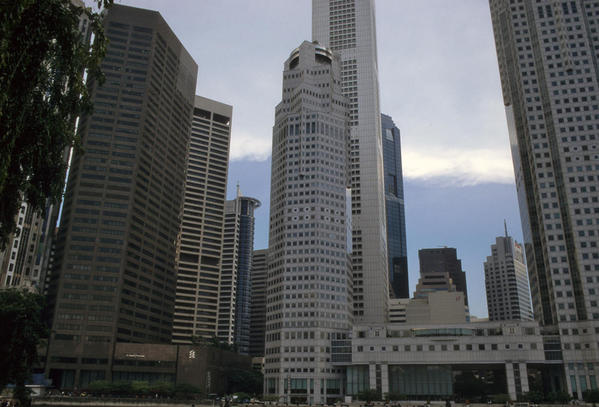 (Financial District, Singapore)
(Financial District, Singapore)
A large assortment of safe and tasty food is also available, the food reflecting the country’s cultural diversity and including Chinese, Indian, Malay and Indonesian cuisine. And everything is safe so you don’t have to worry about waterborne illness like in much of Asia. There are also a large number of museums if this interests you. The country is continually opening new developments such as a fresh water park close to the harbor area. Land is being reclaimed at a steady rate.
(Singapore Zoo)
Given its small size and large population it’s surprisingly that almost a quarter of the small island’s land is preserved land, such as Singapore Parks, Botanical Garden and the Singapore Zoo. These oasis of greenery are a welcome change from the concrete of the city. The Zoo especially is worth a visit. Besides being in a spacious and beautiful park-like setting, the collection of exotic animals and how they’re displayed is really topnotch! You can easily spend a half day or more here (especially if you want to photograph some of the animals).
(Merlion, an iconic Singapore landmark)
Some despairingly call this small country ”the Red Dot”. That’s an understatement of monumental proportions. While it may be geographically small Singapore has a lot to offer a traveler and I just scratched the surface of its many facets. I’m looking forward to returning some day.
(extra photos are in the slideshow below. click on it)

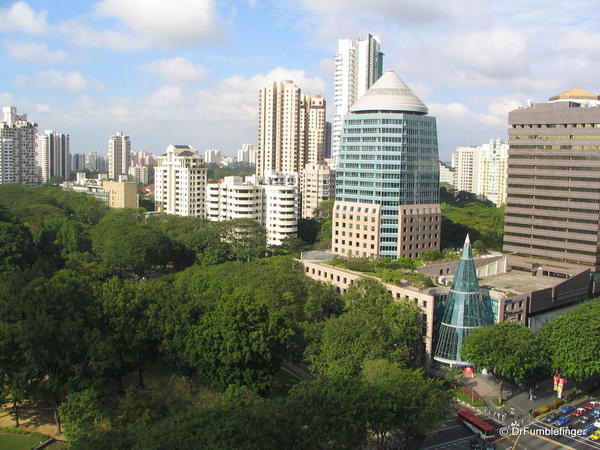
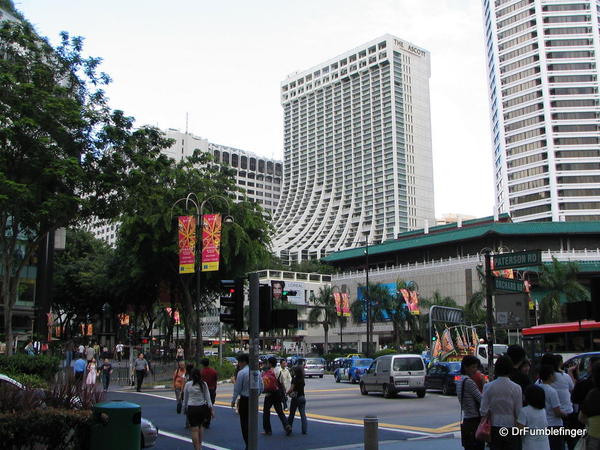

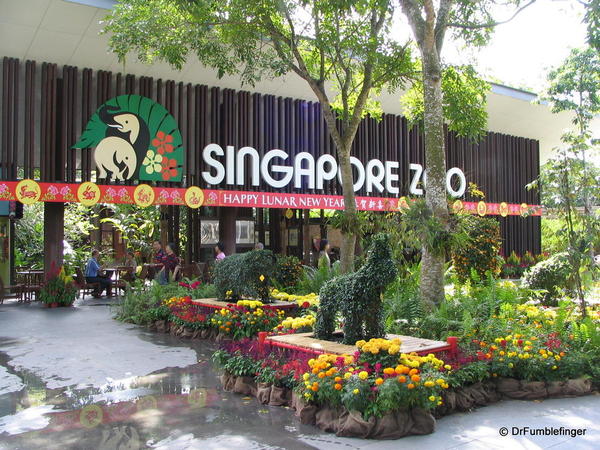
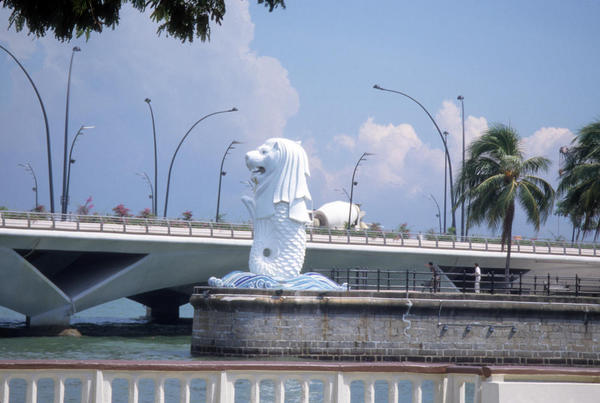

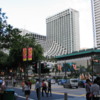
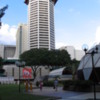

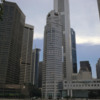
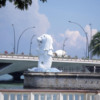
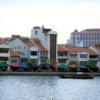
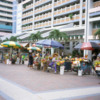
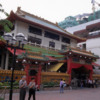
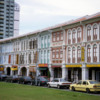
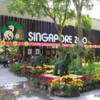
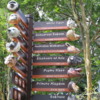
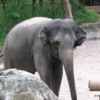
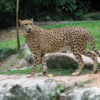
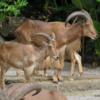
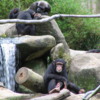

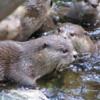
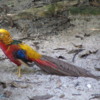
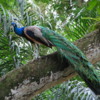
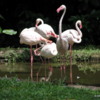
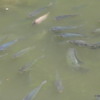
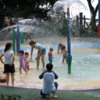
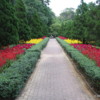
Comments (7)